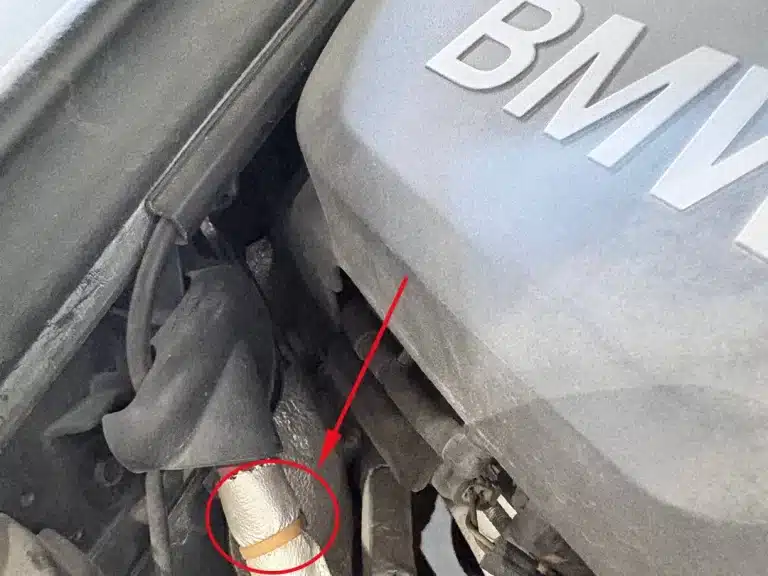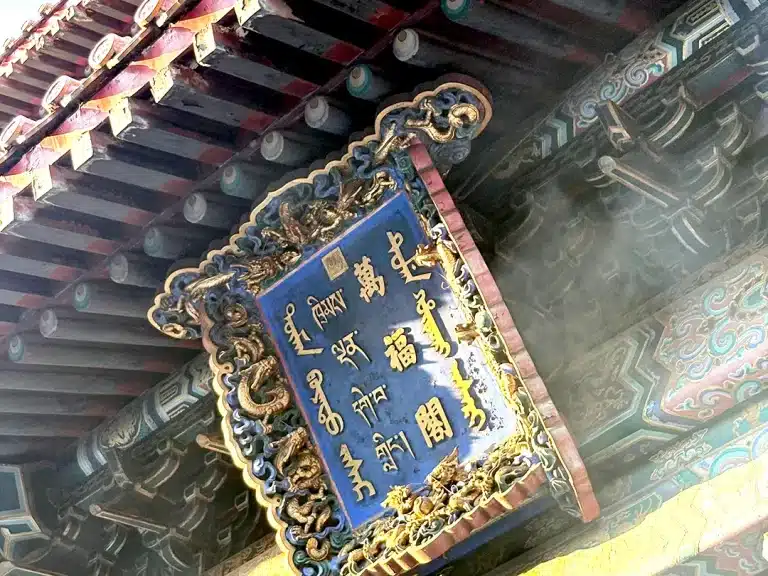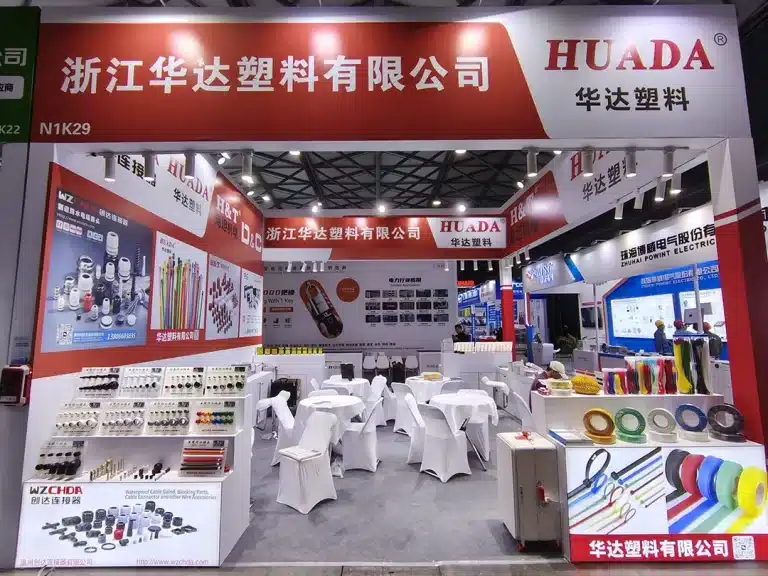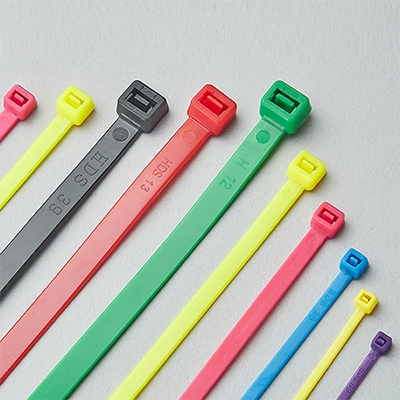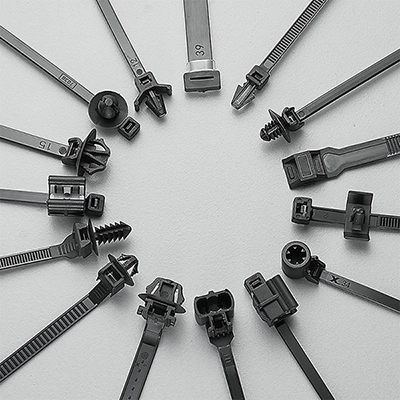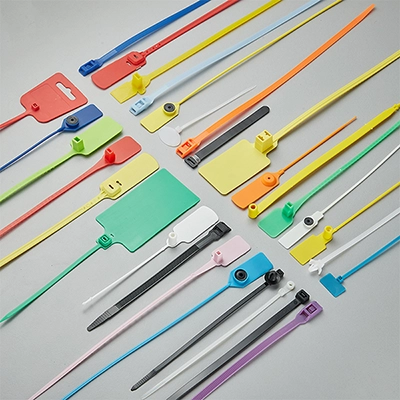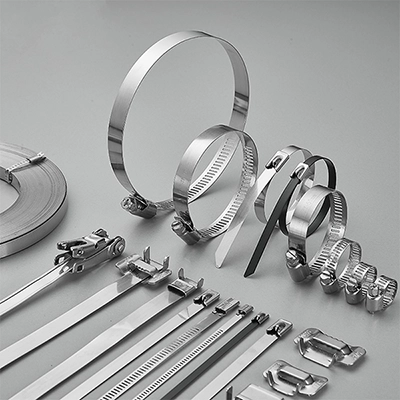Did you know how many cable ties a fair might use? From setting up temporary tents to roadblocks, banners, lights, and stall management, cable ties are everywhere. Take Baishi Fair, a historic market in Zhejiang, China, as an example—tens of thousands of cable ties are used in just one fair! Below, let’s explore how this small tool is applied in various ways through real photos.
What is Baishi Fair?
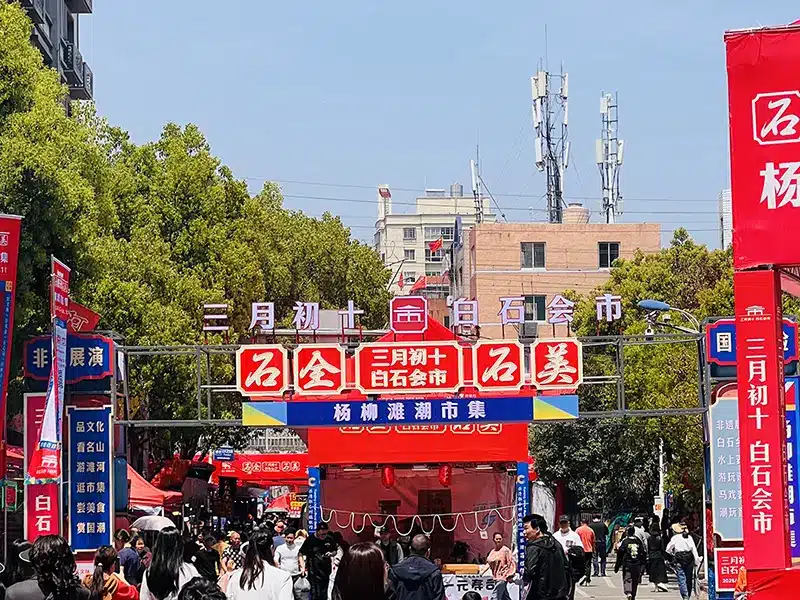
In China, every year on the tenth day of the third lunar month, Baishi Town in Yueqing holds its traditional market—Baishi Fair. According to records from the Daoguang-era Yueqing County Annals, “Baishi Market, located in Jiudu, operates on the 10th day of the third month.” and its history is said to date back to the late Song or early Yuan dynasties, over 800 years ago. During the fair, from Yuhong Road along Baishi Street to Yangliutan, two kilometers of road are filled with crowds and vendors, creating a very lively scene.
For such a large-scale event, vendors need to quickly set up and dismantle temporary stalls, banners, signs, and other structures. Cable ties are widely used here for their convenience and cost-effectiveness. Below, we explore their practical applications through real examples. Below, we will show some real examples of how cable ties are typically applied at the Baishi Fair.
Uses of Cable Ties at Baishi Fair
1. Building Temporary Tents
Along the main road of Baishi Fair, vendors assemble temporary tents using modular trusses and then secure large tarps to the frames. During a pre-fair visit, we observed a worker using bundles of 3.6×300mm nylon cable ties to fasten the tarps. He explained: “These ties are fast and easy to use. I go through thousands a day.”
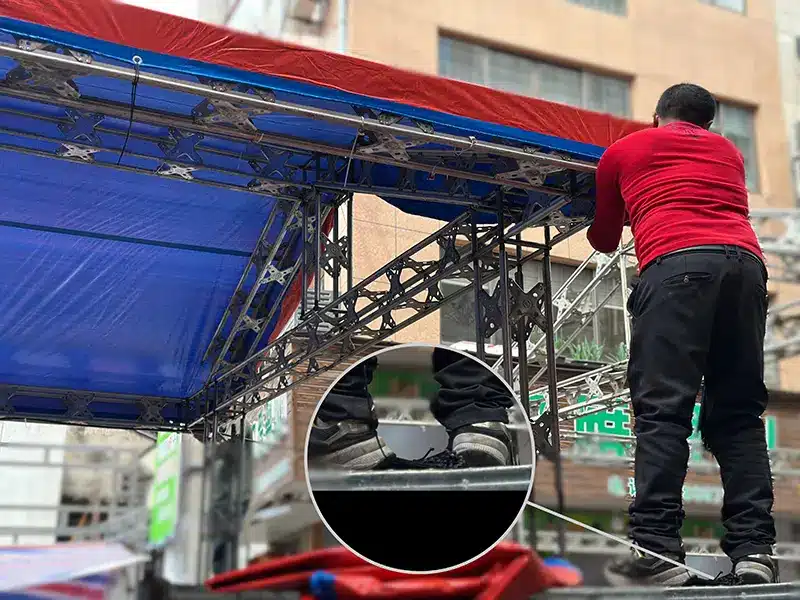
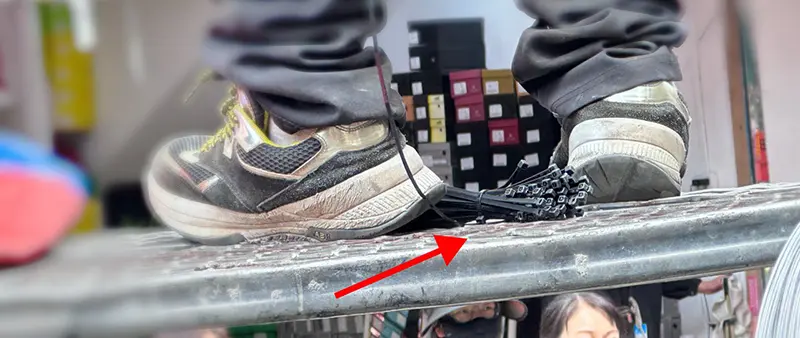
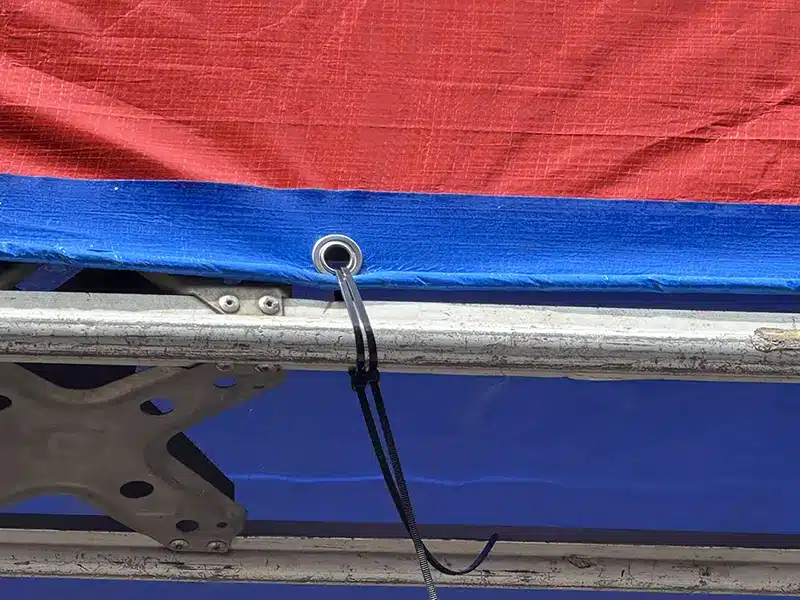
Ticks are repeatedly looped around frame edges and support points to ensure tarps and sidewalls stay fixed under wind or crowd pressure. Their low cost, ease of use, and reliable strength make them essential for temporary setups.
2. Securing Cables for Electrical Safety
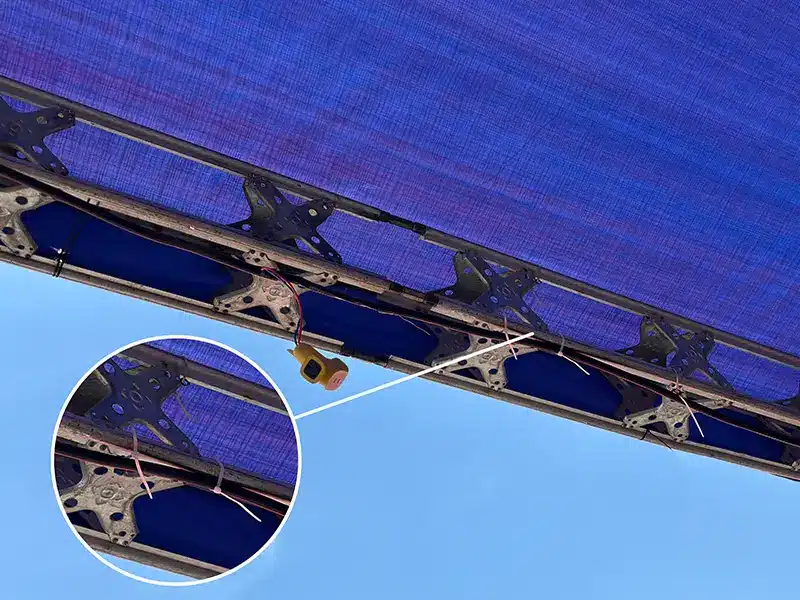
With dense crowds and numerous stalls, loose cables for lighting or equipment pose safety risks. We observed that most stall owners use nylon cable ties to neatly secure the cables along the tent frames. This keeps the area tidy and ensures electrical safety at the fair.
3. Fixing Price Tags
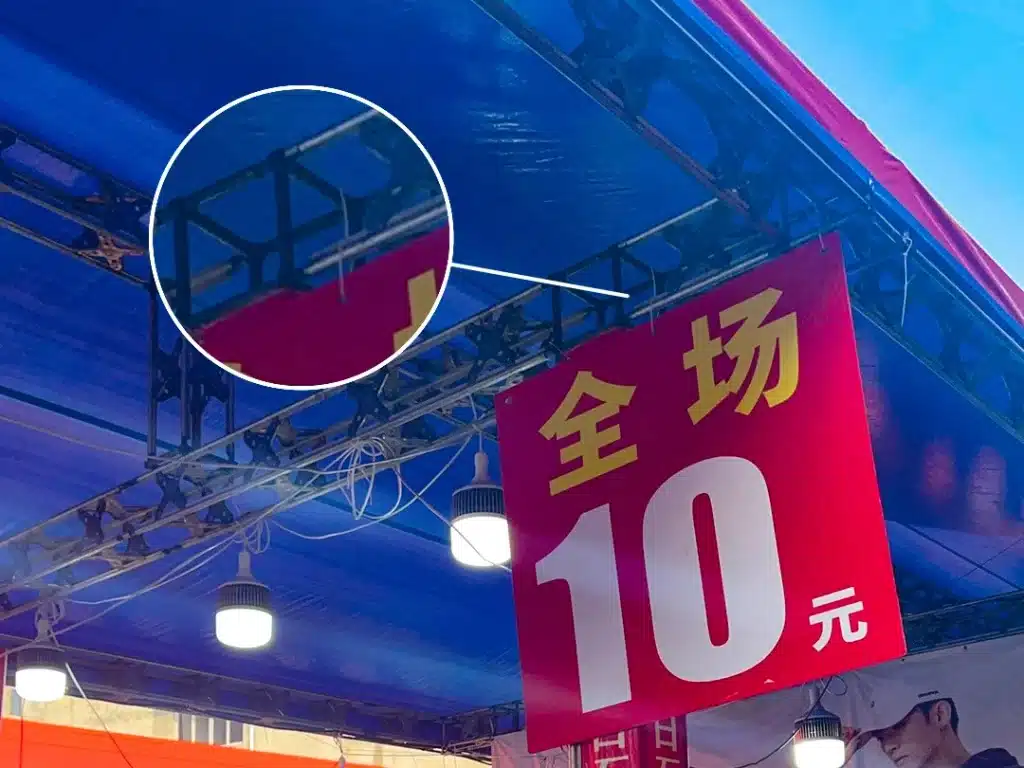
One of the highlights of the fair is the attractive pricing, such as signs displaying “Everything ¥10.” Baishi Fair offers products with high cost-effectiveness—items ranging from a few yuan to several dozen. Vendors use eye-catching price boards to attract customers. At the fair, price tags and promotional signs are mostly secured to the tent frames with nylon cable ties. Even in wind or rain, the signs stay put—ensuring visibility and pedestrian safety.
4. Product Management
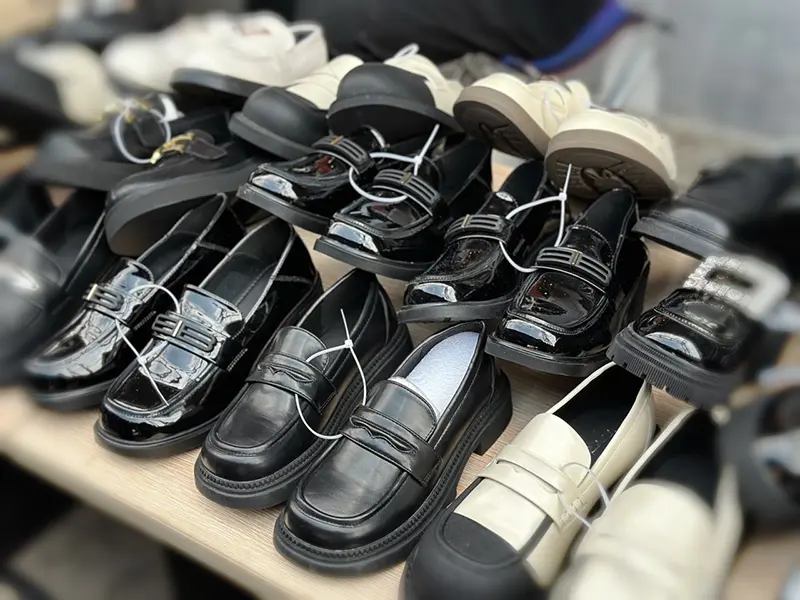
Crowds at Baishi Fair are very large, and shoe stalls are especially busy. When many customers browse, the shoes can easily get scattered. Smart stall owners use a single cable tie to bundle each pair of shoes together. This method keeps the shoes neat and prevents them from being taken without permission. When a customer buys a pair, the tie can be quickly cut with scissors—simple and convenient for a busy market.
5. Roadblock Management
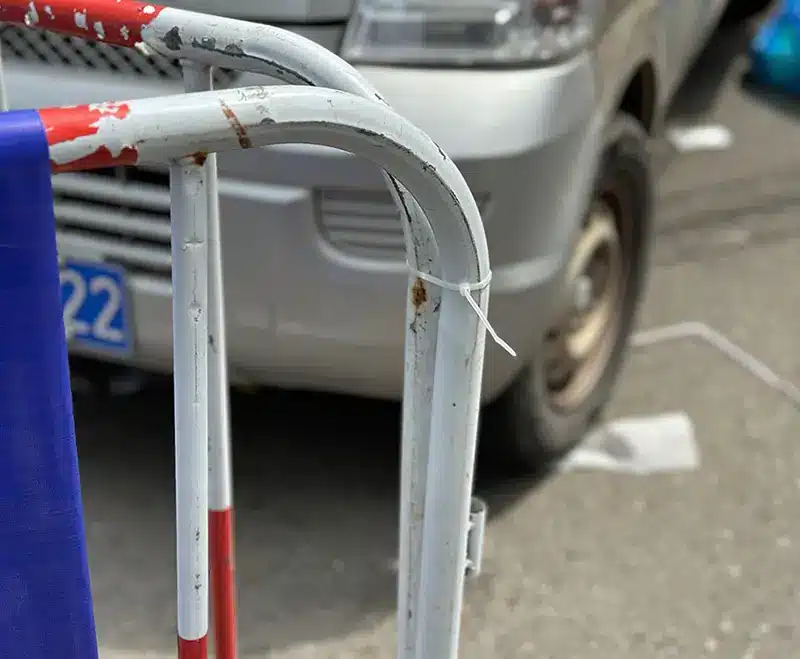
Baishi Town’s streets are narrow, and during the fair, both foot and vehicle traffic surge. To keep the fair safe and orderly, many temporary roadblocks are needed to divide areas and guide people and traffic.
These roadblocks are often connected to form a continuous barrier, and nylon cable ties are the simplest and most effective tools for this task. As shown in the photos, a few quick tips are all it takes to join the roadblocks together. A simple pull-and-tie action locks barriers in place, yet allows quick removal or reconfiguration if needed—safer and easier than ropes or wires.
Selecting Cable Ties at Baishi Fair
Baishi Fair lasts only a few days. After the fair, all booths, barriers, and canopies are quickly dismantled. This means you don’t need highly weather-resistant cable ties—regular PA66 cable ties work well. For low-tensile strength tasks (e.g., tying shoes or small signs), cheaper PA6 ties work well. After all, fair goods are known for being affordable, and vendors must keep expenses low.
You can choose cable tie sizes based on the task. For heavy loads like building temporary canopies, ties with a width of over 4.8 mm are usually used. For fixing small signs, price tags, or bundling shoes, lighter ties with a width under 3.6 mm work better. Sometimes, you may even see two ties used together to increase strength, though a single heavy duty cable ties can also solve the problem.
Conclusion
A small nylon cable tie plays an important role at the Baishi Fair. Although they might seem unremarkable, these ties quietly ensure safety, order, and efficient operation during the event. This shows again how widely and practically nylon cable ties are used.

